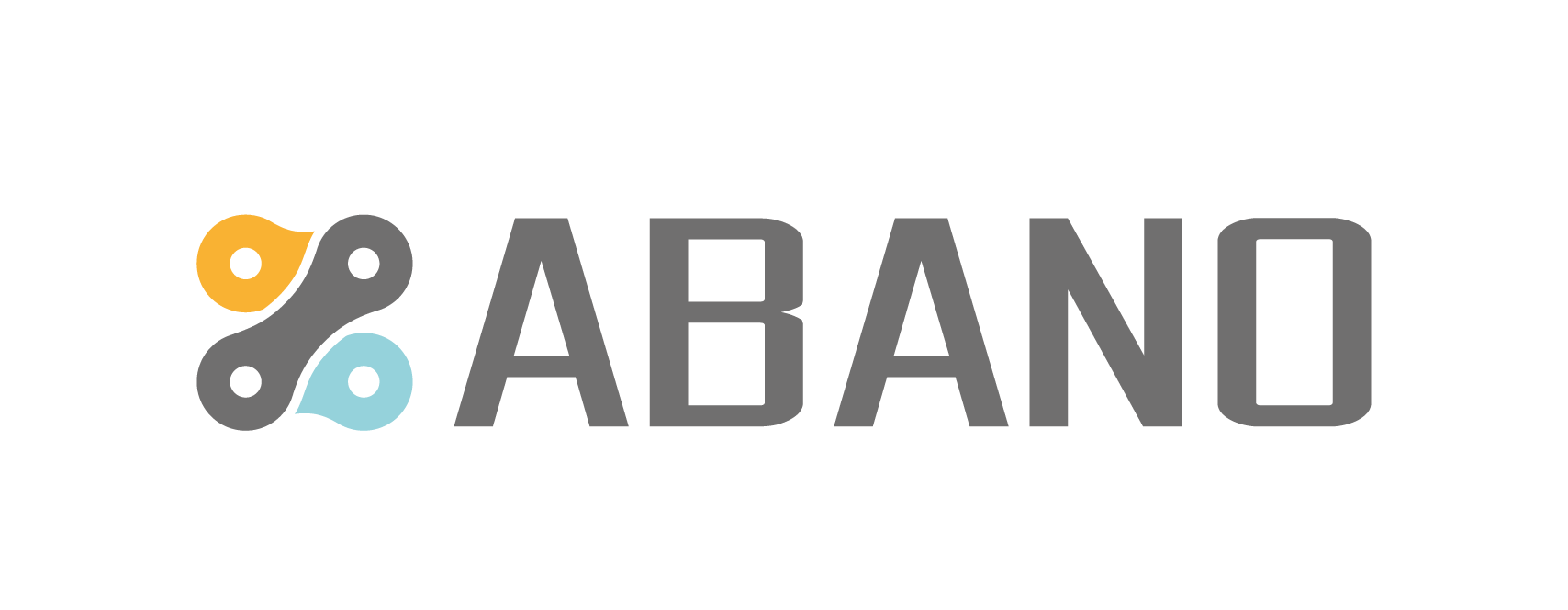At Abano, we believe that technological innovation and human creativity go hand in hand.
As a consultancy firm that helps organizations with tools like Jira Software, Jira Service Management, Confluence, Freshworks, and Zendesk, we see every day how digital processes can be improved — made faster, smarter, and more efficient. With the rise of generative AI, we saw the perfect opportunity to challenge our colleagues: during an internal hackathon, we explored how to create innovative AI use cases within our trusted toolstack.
The result? Several powerful and realistic applications that show how AI can reduce the workload of support and dev teams — while also improving the user experience. In this blog, we share a few of the use cases we developed.
Use Case 1: AI-driven incident response and ticket handling with Jira & n8n.io
In this use case, we tackled the problem of incident tickets that remain open too long or lack proper context. Developers often only see a ticket late in the process and need to figure out the issue themselves, causing delays and unnecessary searching.
We started with a solution that automatically enriches incidents upon creation. Based on the ticket’s “component,” the issue is linked to the appropriate repository. Jira then automatically pulls the latest commits from that repo and sends a Slack notification to the relevant dev team. This gives the developer instant insight into the affected codebase and allows for a faster response.
But we didn’t stop there. For tickets that remain open beyond a certain period, we set up an automated, AI-driven handling flow using n8n.io. This flow collects all outdated tickets daily, analyzes the content and communication (e.g., comments and status updates), and lets an AI model determine the next step. If it’s clear the issue is resolved, the system automatically closes the ticket with a suitable message. If there’s still an open question from the reporter, they receive an automatic reminder with a friendly prompt. And if there are negative sentiments — for example, a frustrated user writing, “Finally resolved, but it took too long” — the system sends an alert to the support team via Slack.
If the AI model doesn’t know what to do, a large language model (like ChatGPT) is brought in to suggest a next step based on the issue, comments, and similar tickets. This also happens automatically, with the correct follow-up toward the user.
Key takeaways Use Case 1:
Incident tickets are automatically linked to the correct codebase and dev teams.
AI monitors how long tickets remain open and acts proactively.
The integration between Jira, n8n, and ChatGPT enables smart triage and follow-up.
Use Case 2: Freshworks chatbot powered by Gemini
While many service desk platforms like Freshworks offer strong chatbot capabilities, their strength typically lies in answering questions based on the internal knowledge base. That’s a solid foundation, but it leaves gaps when new or undocumented questions arise. Using advanced AI tools, we developed a solution to fill those gaps — a chatbot that not only responds to existing knowledge but helps enrich the knowledge base with every interaction.
As a proof of concept, we connected Freshworks to Gemini, Google’s generative AI. The chatbot first checks the internal knowledge base. If no answer is found, it offers to search online. Upon user approval, Gemini is triggered via API, fetches real-time web data, and returns a clear response. What makes this approach unique is that helpful answers can be added to the knowledge base automatically. The original question, AI-generated answer, and conversation context are stored in a ticket, allowing support agents to easily create new articles. In short: the system learns continuously.
Key takeaways Use Case 2:
AI integration with Google Gemini for questions without internal answers.
Chatbot stays fully within the Freshworks interface, no external detours.
Improved user experience and a self-growing knowledge base.
Use Case 3: AI-driven Kudos for support staff
The third use case started from a different angle: instead of focusing on the end-user, we turned our attention to the support staff. In many IT teams, following up on tickets is crucial — but recognition for doing that well? Often lacking. What if AI could help here, too?
With that idea in mind, we developed a Forge app in Jira that displays real-time motivational messages to the person picking up a ticket. The concept is simple yet powerful: as soon as someone takes action on a ticket, a short message appears — a kind of AI-generated “kudos.” These range from general encouragement (“Nice work!”) to more specific praise (“Impressive how quickly you picked this up!”).
The app was fully developed on Atlassian Forge and rolled out in both a test and production environment. This allowed us to experience and refine the feature directly inside Jira. The message is clearly visible on the ticket, giving the assignee an instant positive boost.
While the AI engine still lacked nuance in some of the generated messages (they weren’t always perfectly tailored), the proof of concept was clear: it’s entirely possible to integrate micro-motivational feedback into Jira via Forge, without relying on external tools or platforms.
This approach opens up exciting opportunities for AI-powered team motivation — from personalized encouragement to early burnout signals and even dashboards that highlight positive trends. What started as a fun idea quickly showed real potential.
Key takeaways Use Case 3:
Forge app displays real-time motivational messages to ticket assignees.
Combines contextual data (like pickup speed) with AI feedback.
App runs directly in Jira and is already live in test and production.
First version was functional, with room for improvement in tone and relevance.





